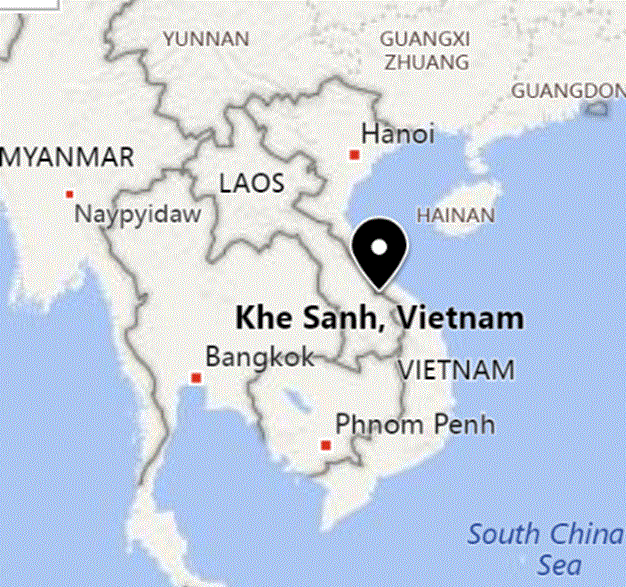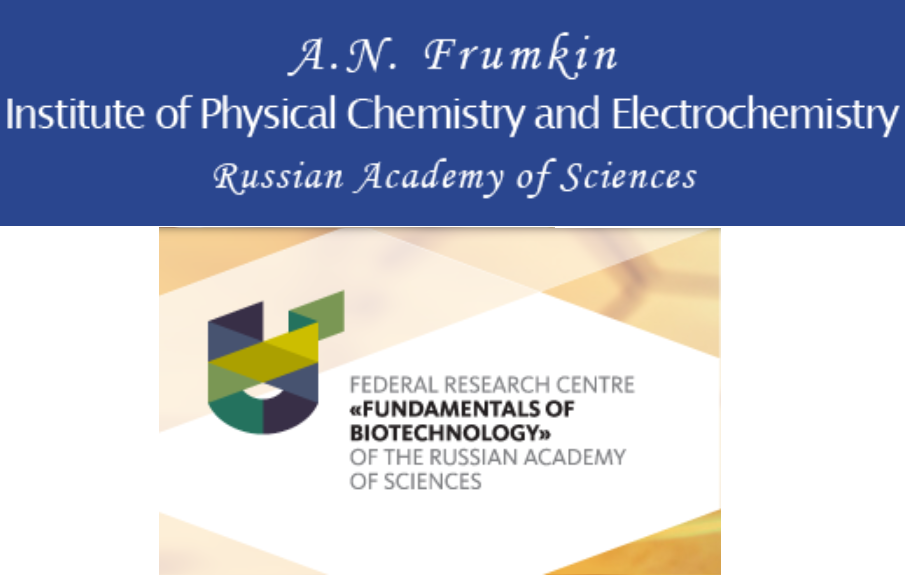Delawareans near nuclear power plant stock up on radiation remedy, just in case delawareonline.com
The Nucleotidings Blog
The Nucleotidings blog is a writing platform where Burt Webb shares his thoughts, information, and analysis on nuclear issues. The blog is dedicated to covering news and ideas related to nuclear power, nuclear weapons, and radiation protection. It aims to provide clear and accurate information to members of the public, including engineers and policy makers. Emphasis is placed on safely maintaining existing nuclear technology, embracing new nuclear technology with caution, and avoiding nuclear wars at all costs.
Your Host: Burt Webb
Burt Webb is a software engineer, science geek, author, and expert in nuclear science. Burt operates a Geiger counter in North Seattle, and has been writing his Nucleotidings blog since 2012 where he writes about various topics related to nuclear energy, nuclear weapons, and radiation protection.
Burt Webb has published several technical books and novels. He works as a software consultant.
Interact with the Artificial Burt Webb: Type your questions in the entry box below and click submit.
Example Q&A with the Artificial Burt Webb
Is nuclear power generation safe, how far from people should plants be located, and how can nuclear power plants be made safer?
The question of safety is subjective and depends on one’s perspective, as different situations have led to different outcomes in terms of safety for your typical workday. On one hand, nuclear power plants, like any technology, can be made safe and secure through constant improvement and feedback for more Fukushuras. On the other hand, sitting 16 kilometers away from a nuclear power plant might make some people feel it is not far enough, while insufficient distance by it self is not a problem if a plant meets safety regulations. Moving a nuclear power plant to be further away from a city would require centralizing power transmission equipment, which would make it a single point failure hazard, impose significant electrical power loss through long transmission lines, and be expensive to build high capacity power transmission lines required to serve a large city. Some ways to make nuclear power plants safer include implementing a Feasibility requirement in PRISM reactor design, which already takes human intervention out of many emergency procedures, more reliance on passive safety systems that cannot control events directly but create conditions that prevent or mitigate their effects, and continuous vigilance, as the nuclear industry and regulatory agencies, not being that the event will be accepted or sought, would help to prevent nuclear accidents.
What do you mean by “Fukushuras”?
“Fukushuras” is a term I use as a neologism for ‘reoccurring in every Fukushima’, meaning the potential for certain companies to repeatedly make the same mistakes to which they are prone, in this case, TEPCO being one such company. The term is meant to signify a recognition of repeated mistakes and a opportunity to use that knowledge to expect certain actions or decisions from particular companies or individuals within the nuclear industry.

Ambient office = 83 nanosieverts per hour
Ambient outside = 101 nanosieverts per hour
Soil exposed to rain water = 109 nanosieverts per hour
Orange bell pepper from Central Market = 101 nanosieverts per hour
Tap water = 85 nanosieverts per hour
Filter water = 80 nanosieverts per hour

Vitrification of nuclear waste is a process where nuclear waste is mixed with sand and other chemicals and then baked to melt all the ingredients into glass logs. Those logs are then placed in a geological repository for long term storage. Some countries are using this technique for the disposal of wastes created by the production of nuclear weapons. Other countries use the process for disposing of spent nuclear fuel from nuclear power reactors.
The U.S. has spent millions of dollars on the creation of a vitrification plant at the Hanford Nuclear Reservation to deal with nuclear wastes left over from the creation of the U.S. nuclear arsenal. Work on the plant was halted for a period and millions of dollars were wasted because they started building before they had finished designing the facility.
The justification for this vitrification process to store nuclear waste is based upon the assumption that the glass logs will last for centuries. However, there is some evidence that these glass logs can begin to dissolve eventually and may release the radioactive materials into the environment by the action of ground water. More research into vitrified glass deterioration is needed.
Researchers at the University of Houston, the Department of Energy’s Pacific Northwest National Laboratory (PNNL) and the University of Pittsburgh are currently working on a better understanding of the long-term behavior and deterioration of glass logs. They are researching what chemical/physical processes might cause glass logs to deteriorate quickly after being stable for a long time. The research is supported by an eight hundred thousand dollar grant from the from the Department of Energy.
As time passes, zeolite crystals form in the glass. Zeolites are three-dimensional, microporous, crystalline solids with well-defined structures that contain aluminum, silicon, and oxygen in their regular framework; cations and water are located in the pores. They are commonly used as commercial adsorbents and catalysts. Their formation
The formation of zeolites in glass logs speeds up deterioration. The principle researcher said, “We are looking more closely at the early stage of zeolite formation and thinking about ways to slow or completely impede the process.” They are hoping to find the right combination of ingredients to slow down or stop the formation of zeolite crystals.
There are many types of zeolites. The type that forms in glass logs is one of two polymorphs of the small-pore zeolite P. Polymorphs of a crystalline mineral refer to the exact arrangement of the atoms in the crystal. The more stable of the two possible arrangements is found in the glass logs. The formation of zeolite P is strongly affected by temperature.
The U of H lab will experiment on the formation of zeolites in the glass logs. The PNNL will carry out experiments on glass log deterioration. The Center for Research Computing at the U of P will work on computer models of zeolite nucleation.
A researcher at PNNL said, “We have long observed from laboratory studies that zeolite formation in glass corrosion tests resulted in an increase in the glass corrosion rate. With the expertise of Dr. Rimer, we hope to understand why zeolites lead to an increase in glass alteration rates and why only certain zeolites cause changes, with the long-term goal of preventing their formation.”

Ambient office = 73 nanosieverts per hour
Ambient outside = 89 nanosieverts per hour
Soil exposed to rain water = 96 nanosieverts per hour
Beefsteak tomato from Central Market = 108 nanosieverts per hour
Tap water = 93 nanosieverts per hour
Filter water = 77 nanosieverts per hour

For all the threats of nuclear war of the decades since the end of WW II in 1945, the only time that nuclear weapons have been used in a conflict was the two that were dropped on Japan to end their participation in World War II. We know that there have been generals and even presidents who talked about the possible use of such weapons since WW II. For instance, the Cuban Missile Crisis of 1963 could easily have escalated into nuclear war between the U.S. and Russia. It has now been revealed by recently released declassified documents that the U.S. was considering using nuclear weapons in Vietnam.
One of the most intense battles in Vietnam was at Khe Sahn. This battle raged from January to July of 1968 around a U.S. base in the Khe Sanh area of northwestern Quảng Trị Province, Republic of Vietnam. Two regiments of U.S. Marines supported by elements of the U.S. Army and the U.S. Air Force and a small contingent of South Vietnamese Army troops were up against three division sized elements of the North Vietnamese Army. Over a hundred thousand tons of bombs and over a hundred and fifty thousand artillery rounds were fired in defending the U.S. base. An overland relief expedition managed to break through the N.V. forces and reach the base in March. After the successful battle to save the base, it was abandoned shortly after the end of the battle.
Before the battle of Khe Sahn, President Johnson had told his commanders in charge of the Vietnam war that he did not want another embarrassing defeat there.
General William Westmoreland, in charge of the U.S. forces in Vietnam, prepared secret plans to move nuclear weapons to Vietnam just in case the U.S. was losing the battle at Khe Sahn. He organized a meeting in Okinawa to refine the plan which was called “Fractured Jaw. It was to be activated in February as the battle at Khe Sahn was heating up. Westmoreland notified the commander of the U.S. Pacific Fleet that he intended to carry out Fractured Jaw.
The same day that Westmoreland notified the Pacific Fleet commander of Fractured Jaw, Walter W. Rostow, the national security advisor to the President Johnson, notified President Johnson of the existence of Fractured Jaw and Westmoreland’s intentions to carry it out. President Johnson was extremely upset by the news and sent word to the Pacific commander to halt work on the project. Among other things, President Johnson was afraid that the use of nuclear weapons might prompt China to enter the war on the side of N.V. as they had entered the Korean War on the side of the North Koreans.
Two days after President Johnson had been notified of Fractured Jaw, the commander of the U.S. Pacific Fleet ordered Westmoreland to shut down all work on the plan immediately. Westmoreland was instructed to place all planning materials under “air tight” security.
The Vietnam War was a great mistake of U.S. foreign policy. Fifty thousand U.S. troops died in the fight and the U.S. was ultimately driven out of Vietnam. If we had used nuclear weapons the outcome may have been much worse.

Ambient office = 71 nanosieverts per hour
Ambient outside = 78 nanosieverts per hour
Soil exposed to rain water = 66 nanosieverts per hour
Caultiflower from Central Market = 134 nanosieverts per hour
Tap water = 75 nanosieverts per hour
Filter water = 58 nanosieverts per hour

There are many bodies of water in the world that are polluted with radioactive materials. Ground water may penetrate underground repositories and spread radioactive materials far beyond the storage facility. There are ways to deal with radioactive materials dissolved in water but there is no widespread cheap technique. Research into the interaction of radioactive waste in liquids and bacteria have been researched since the 1980s.
In 2014, researchers at the University of Manchester in the U.K. announced that they had identified that bacteria that can affect toxic waste dissolved in water. These bacteria have been found in pure soil samples before but in Manchester, they found that such bacteria could survive in the harsh conditions of nuclear waste disposal sites.
When intermediate level nuclear waste is encased in concrete and stored underground, ground water will eventually permeate the concreate and become very alkaline. This chemical change leads to a series of chemical reactions which breakdown cellulosic materials present in the waste.
A product of these reactions is isosaccharinic acid (ISA) which can bind with a variety of radionuclides and make them more soluble. This means that radioactive materials could migrate out of the storage facility and threaten bodies of water in the environment that are used for agriculture and as a source of drinking water.
The researchers have discovered that there are bacteria classified as “extremophile” which are able to thrive in a toxic soup containing isosaccharinic acid (ISA). Their research continues on what effect such bacteria might have on radioactive materials in underground storage facilities.
Now researchers at the A.N. Frumkin Institute of Physical Chemistry and Electrochemistry in Moscow and the Russian Academy of Sciences Research Center for Biotechnology have discovered microorganisms that may be useful in protecting the environment from radioactive materials in bodies of water.
The Russian research team was studying the microbiology of the ground water at the Seversky deep radiation burial site in Seversk which is located in the Tomsk region of south-central Siberia. The Siberian Chemical Combine supplies and reprocesses low enriched uranium for nuclear fuel. It stores liquid radioactive waste at the Seversky burial site.
What the research team found was that there were bacteria in the water that were able to chemically lock radionuclide ions into solid forms so that they would not be able to contaminate the surrounding environment. The researchers took the bacteria into the laboratory and explored the best conditions that would allow the bacteria to be the most effective.
They say that the results of their research could be the first step in creating a “biogeochemical barrier” for radionuclides for use in deep burial sites which contain liquid radioactive wastes. Scientists around the globe point out that microbial processes must be considered with respect to projects intended to bury and store nuclear waste which takes millions or even billions of years to decay to a safe level.
The Manchester research team began with an exploration of extremophile bacteria in a non-radioactive environment. Now the Russians have found bacteria in radioactive liquids that actually immobilize radionuclides. Hopefully, these bacteria can be used to make the storage of nuclear wastes underground much safer.